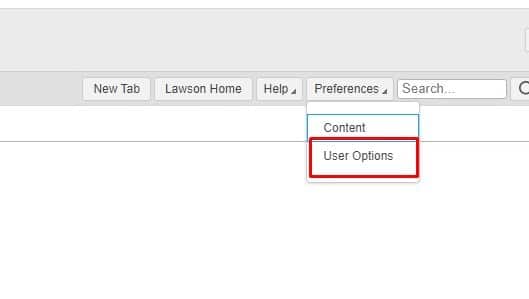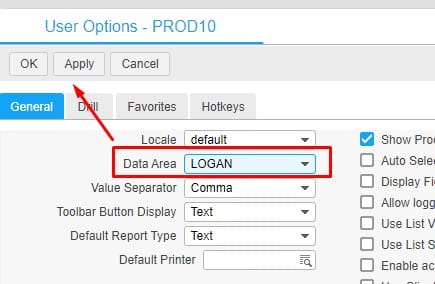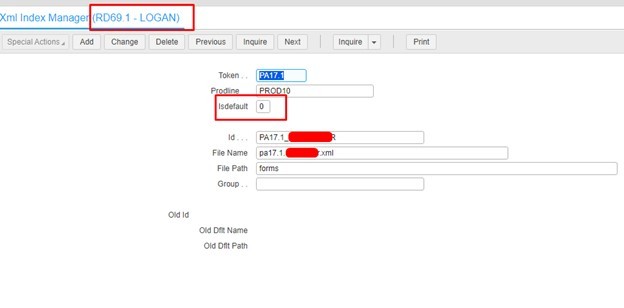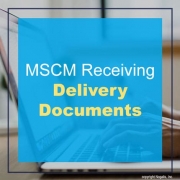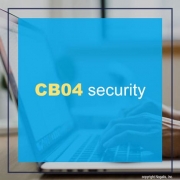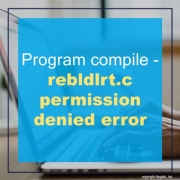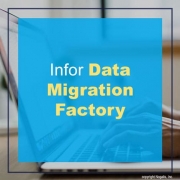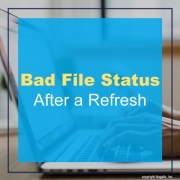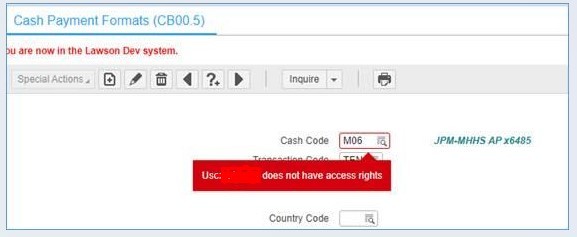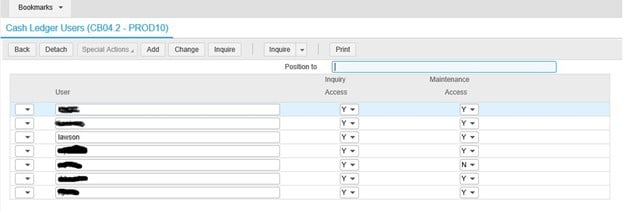Login to portal an admin user.
Preferences >> User Options
Set Data Area to LOGAN and APPLY then OK
Go to form RD69.1 and click next to cycle through forms and if you see the one you’re looking for, look for the Isdefault flag. If it is set to 0, it means it’s not the default form when users search it.
If the Isdefault is set to 1, when users search PA17.1, they would be brought to the custom form above (but its set to 0 so it wouldn’t apply here).
Alternatively, users could still be using a custom form even if Isdefault is 0 if it was setup in a bookmark or favorites tab within portal.
Good luck!


